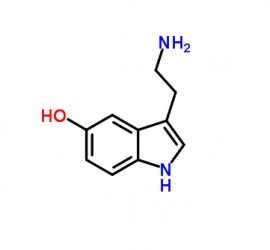Too much of a good thing? A new role for serotonin in the human spinal cord
Serotonin is one of the “feel good” neuromodulators floating around in the central nervous system, however, it doesn’t just play a role when it comes to our mood. Serotonin plays a very important role in transmitting impulses between nerve cells. More specifically, it affects the excitability of our motoneurones, the […]










